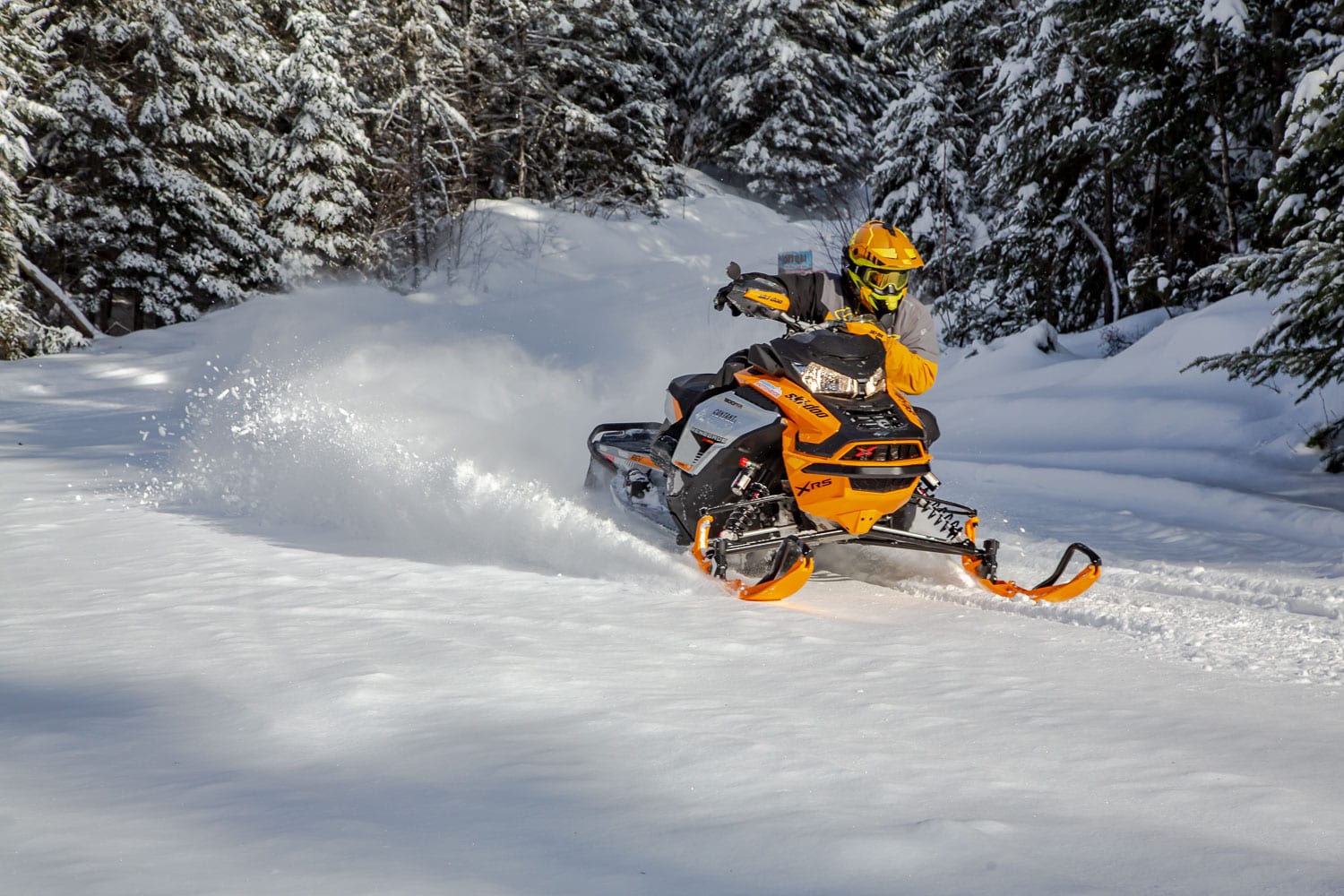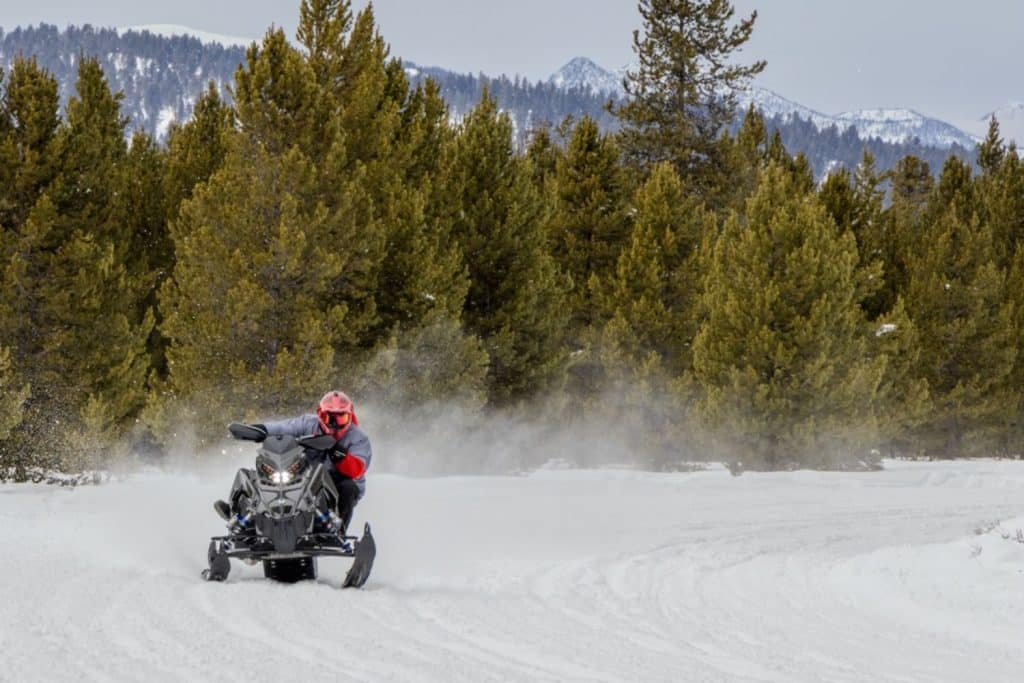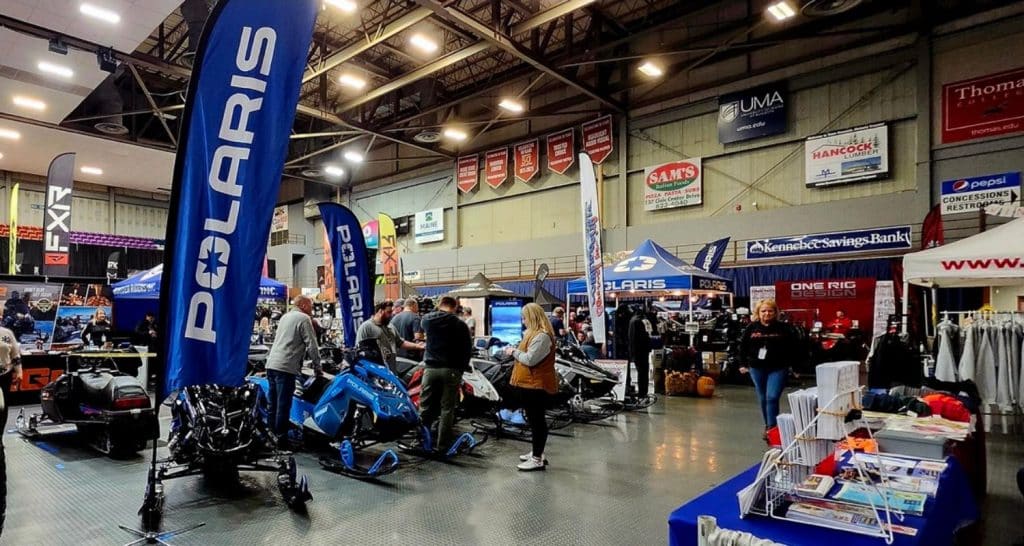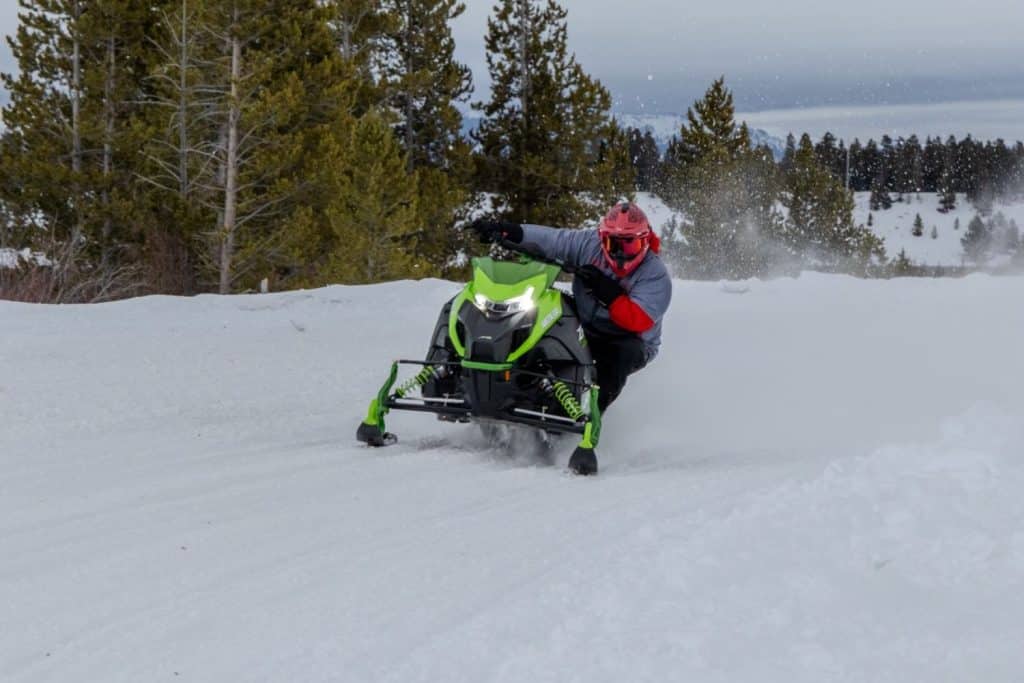It’s been years since the journalistic world was asking for a turbocharged Ski-Doo snowmobile, 2019 was the pivotal season where our Quebec manufacturer took the supercharged snowmobile category by storm. No doubt, the marketing and development conjuncture worked together to come up with a product that has a place of choice in the industry. With certainty we can say mission accomplished! Thanks to Groupe Contant.ca, we had the opportunity to drive a Ski-Doo Renegade XRS 900 ACE Turbo for the season. With almost 2000 kilometers on the odometer, you will find in the following a good summary of its behavior and performance.
Performance
The first question on the lips of many enthusiasts on the trails is undoubtedly performance. Like other manufacturers, BRP underestimated the power of their machine. Several dyno tests were published, and all of them put the reading around 160 horsepower, 10 more than the 150 announced. Nothing better to make enthusiasts smile…
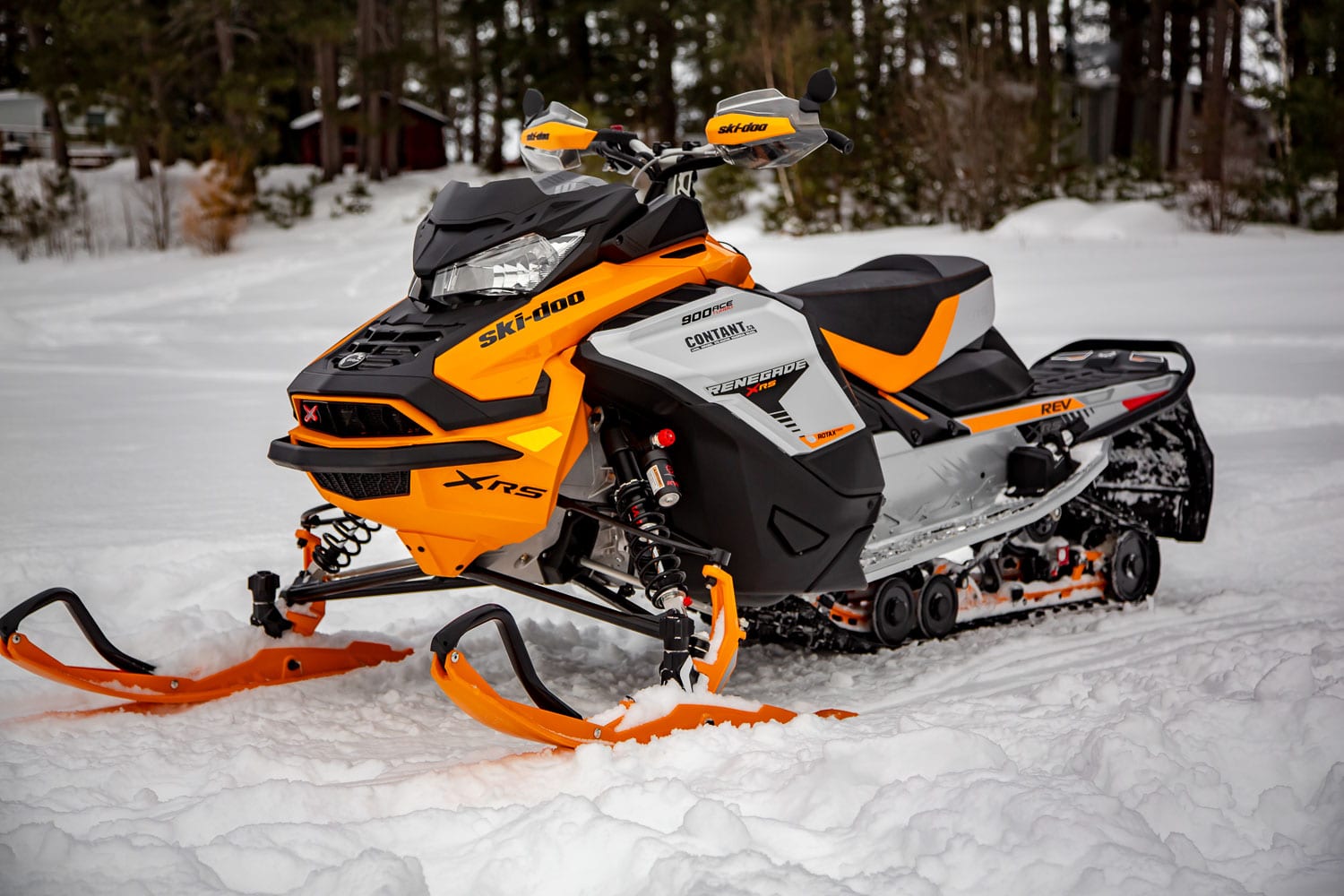
But what is it really? After all, the important thing is to meet your own needs, and above all, to find a riding pleasure that will satisfy its owner, and I believe that this is the case for the majority. There is no doubt that the 900 ACE Turbo is fun on the trail, the engineers’ goal was to produce a four-stroke performance vehicle that would be pleasant to ride and offer good performance from one corner to the other. Hence, the use of a smaller turbocharger that is easier to activate in rotation. Without going into detail, a turbocharger draws its energy from the exhaust, the thrust of the exhaust gases propels the turbine which allows to push fresh air under pressure into the intake.
So, the bigger the turbines are, the more pressure they will push, but the more energy and time they will need to rev up, hence the lag time or commonly known as the “Lag” which means that the power is not instantaneous like on a two-stroke for example. The 900 ACE’s turbo being relatively small, it reaches maximum thrust in a much shorter time than a larger turbine, which, let’s face it, increases driving pleasure. When starting from a standstill at full power, the reaction time is relatively short but easily noticeable, which is quite normal. On the other hand, it’s during corner exit that its behavior differs from snowmobiles equipped with larger turbochargers, as the small delay practically acts as traction control, preventing the track from instantly escaping during a full throttle recovery. In a fraction of a second, the engine delivers its full power, giving the rider a great feeling. This factor was the first goal in the development of a turbocharged engine by our Quebec manufacturer from the very beginning of the project.
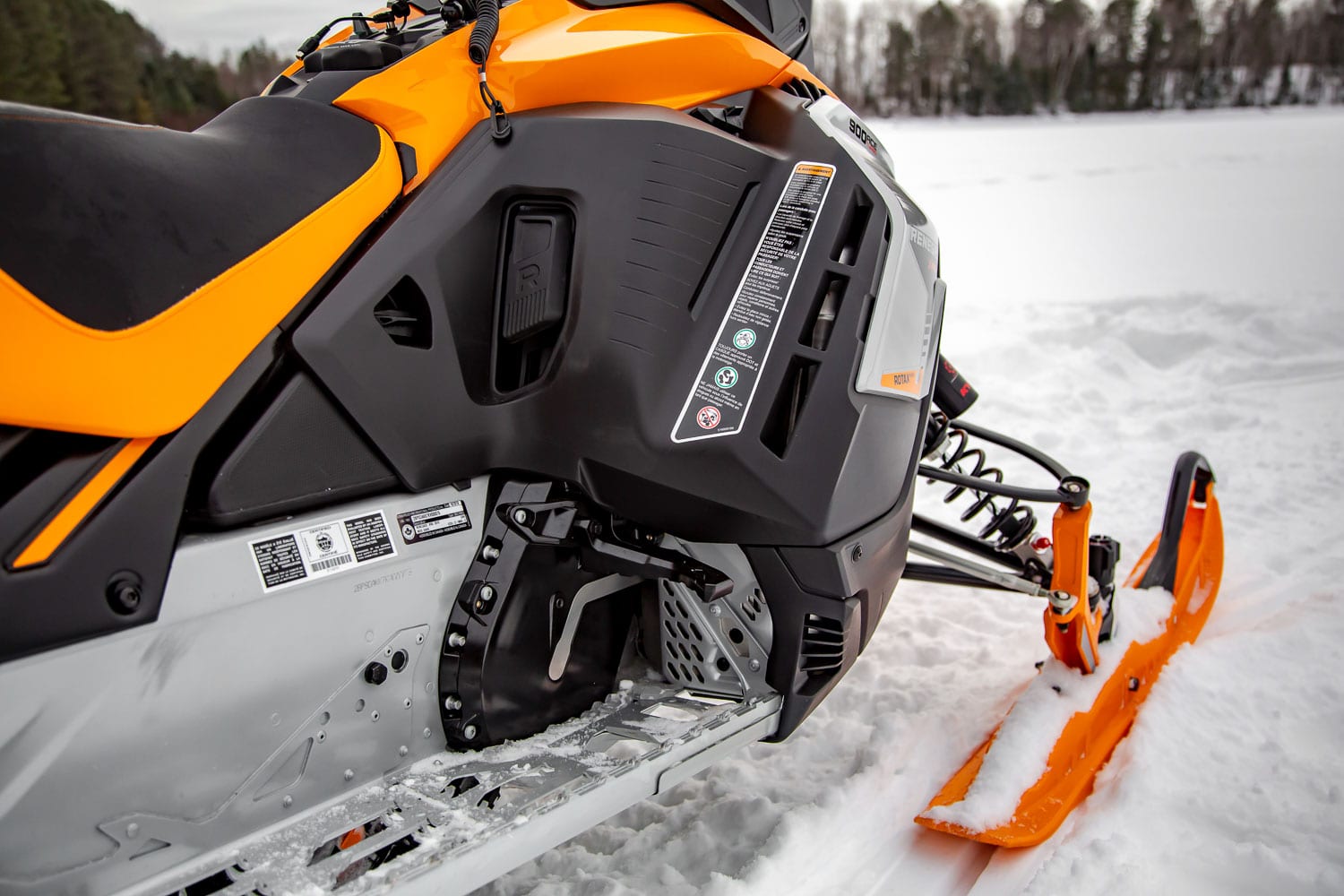
Gen 4 vs 4 stroke engine…
Although the performance of the new 4-stroke was a must for our test, we should not forget what I consider to be a remarkable improvement on the trail: the harmony between the weight of the 4-stroke engine and the riding synergy of the Gen 4 chassis. On the trail, it is not always easy to find the right compromise between the desired cornering response and comfort. For those like me, who like a front end that is continuously welded to the ground, which means good ski traction even when accelerating out of a turn, the addition of the heavier 4-stroke engine makes it easier to achieve good results. With a few simple adjustments to the suspension, the skis stay really welded to the ground at all times, which makes the sled much more predictable in turns. The transfer blocks play a key role in stability, the more you reduce the clearance between the block and its fulcrum on the arm, the less the snowmobile will lift off the front under acceleration. In my case, I went to the maximum, in position 4 (Photo: )
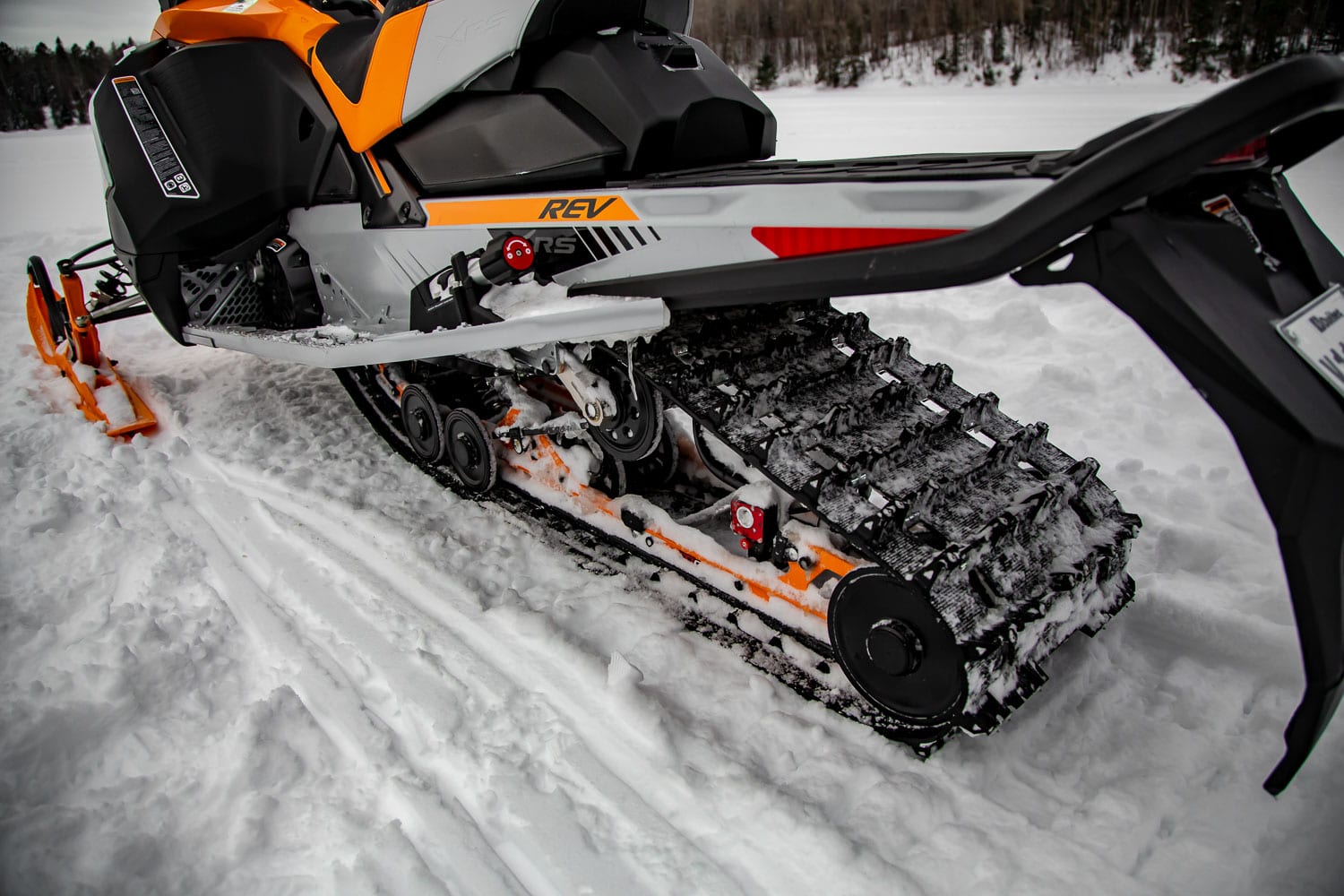
Our XRS features the Ice Ripper 1.25″ track, Pilot TS adjustable blade skis and Quick Adjust rear suspension adjustments located on the footboards. It is essential to take a few lines to elaborate on the skis…
The keel of the Pilote TS skis is more square and aggressive than the Pilote 5.7. In turns, it provides better grip and faster response in certain conditions. And if you need more grip, just pull out the adjustable rails. In hard trail conditions, there is a slight wobble, which is normal with a single rail ski without any added correction.
If your snowmobile is not equipped with these options, i.e. equipped with Pilot 5.7 skis, you may need to consider other options such as reducing the suspension travel in the center of the snowmobile to obtain a similar effect.
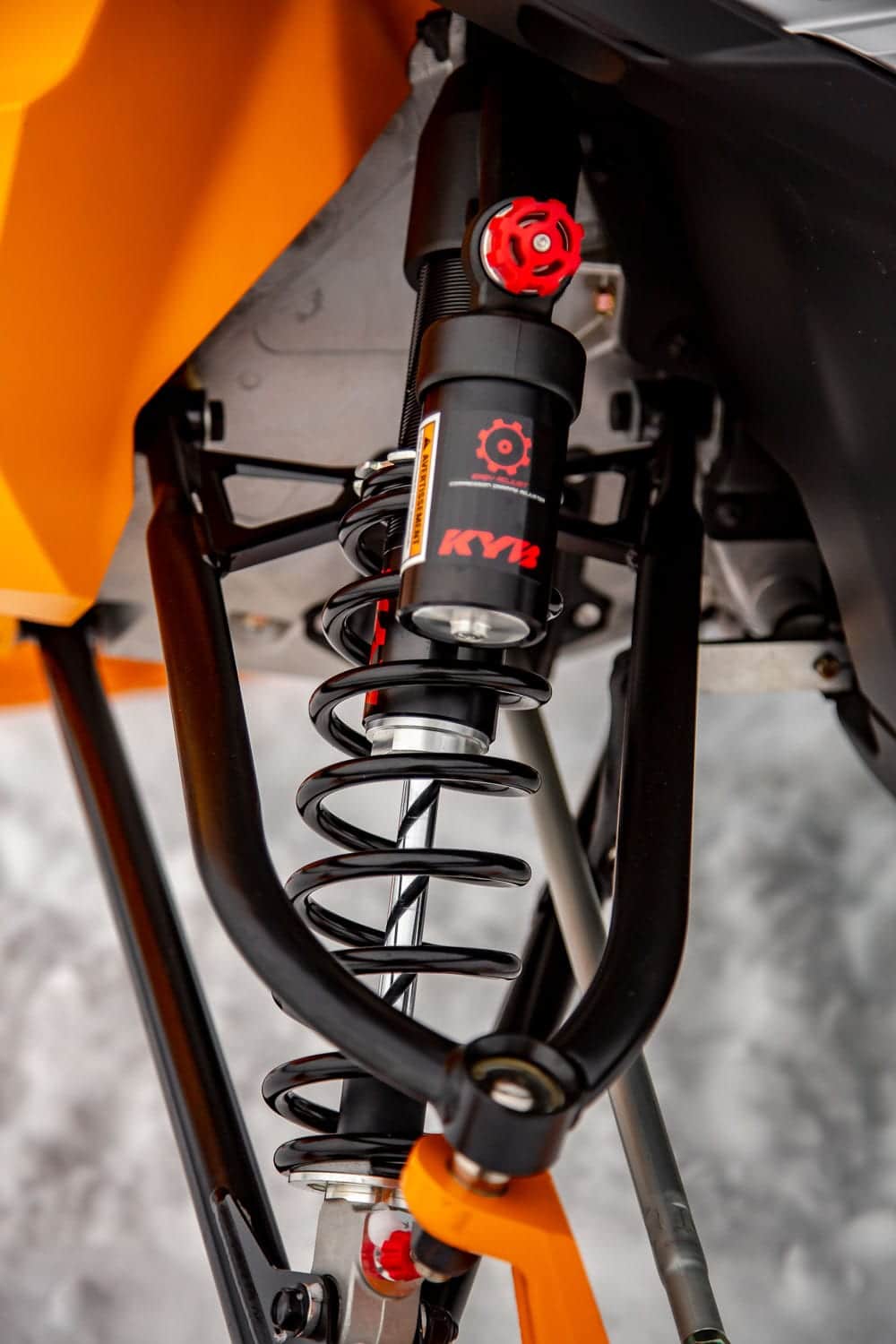
As mentioned, the XRS comes with a multitude of adjustments to suit everyone’s tastes, this is also the case for comfort, the KYB Pro40 shocks are designed for extreme conditions, for trail use that sometimes requires more flexibility, you can make some adjustments. To increase the flexibility of the rear shocks, I decreased the internal resistance by unscrewing the adjustment screw located on the external shock canister (Photo: ) . This allows a faster movement of the shock in the small bumps for more comfort, for my part, I unscrewed completely, go gradually to find your adjustment.
Consumption
What a difficult point to make! The consumption of a snowmobile depends on so many factors that it is very difficult to generalize on figures. I can easily make the same trip in two different ways and observe several liters per hundred kilometers of difference depending on my way and speed of driving. However there is nothing more objective than having another snowmobile to compare it to, my riding partner with whom I ride thousands of kilometers per winter drives a 2019 Renegade Backcountry 850. After more than 1500 kilometers of riding together, no matter what our riding style is, i.e., relaxed group riding or much more aggressive, the observed difference still remains the same, the 900 ACE Turbo consumes on average about 5% less than the 850. To put it in numbers, if the 900 AceTurbo consumes 19 liters, the 850 will hover around 20 liters. The 850 is known to be relatively more economical than its industry peers, which gives the 900 Ace Turbo very good fuel economy.
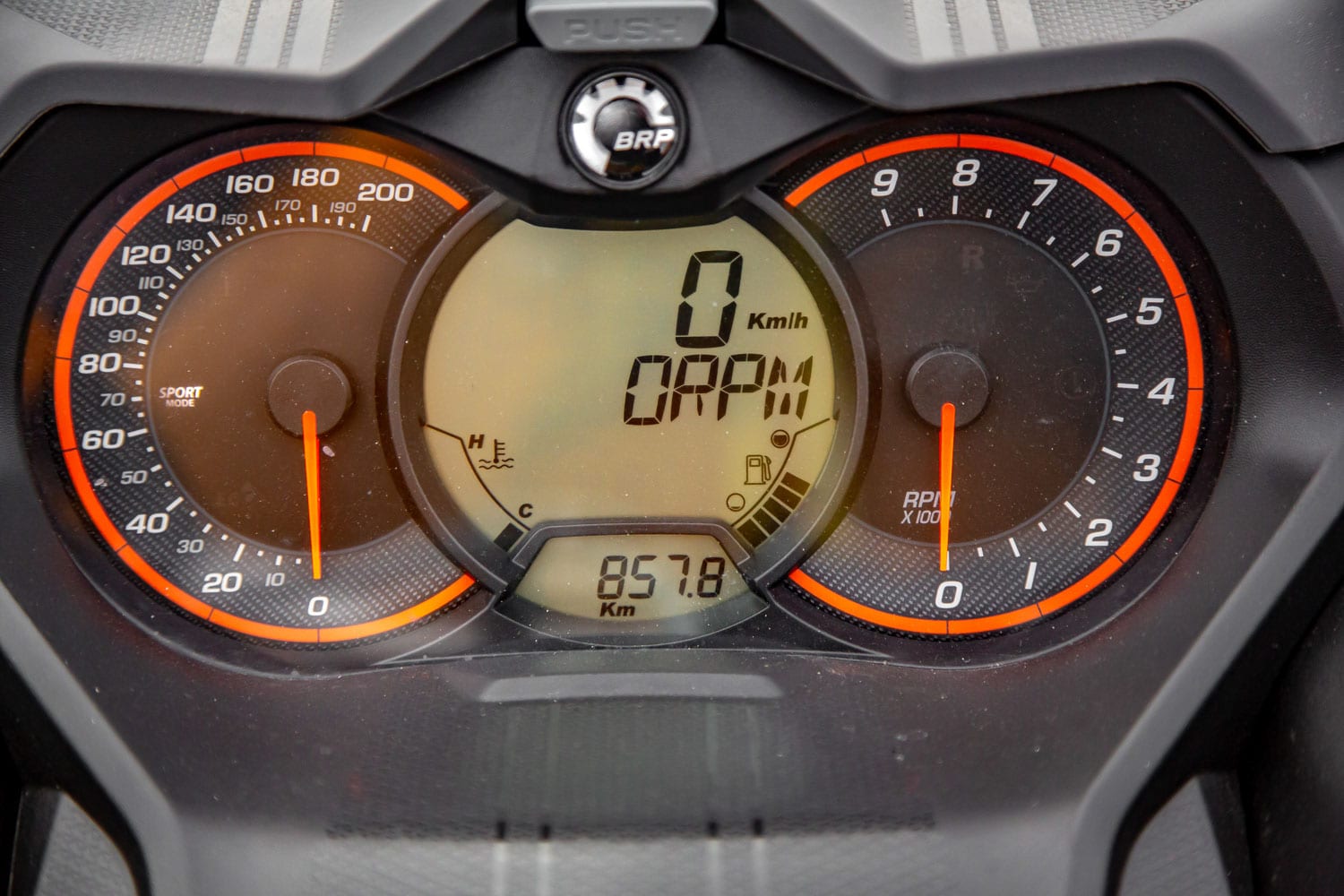
For those who would like a little more power, several companies already offer programming to increase the power of the car, but be aware that programming will void the warranty…
The Renegade XRS 900 ACE Turbo is really a fun car. After a few adjustments, I found a good level of comfort while maintaining a handling that is really up to the expectations of this type of vehicle. Despite its heavier weight, it is still very pleasant to push over bumps, and maintains an excellent level of agility.
As for storage, in addition to the small front handlebar compartment, there is space under the seat for a little room on that side. And of course, you can add all the optional “Linq” accessory combinations that really simplify carrying luggage on your snowmobile.
The snowmobile will be delivered with a standard electric visor plug and a fully manual recoil, i.e. operated via a manual arm.
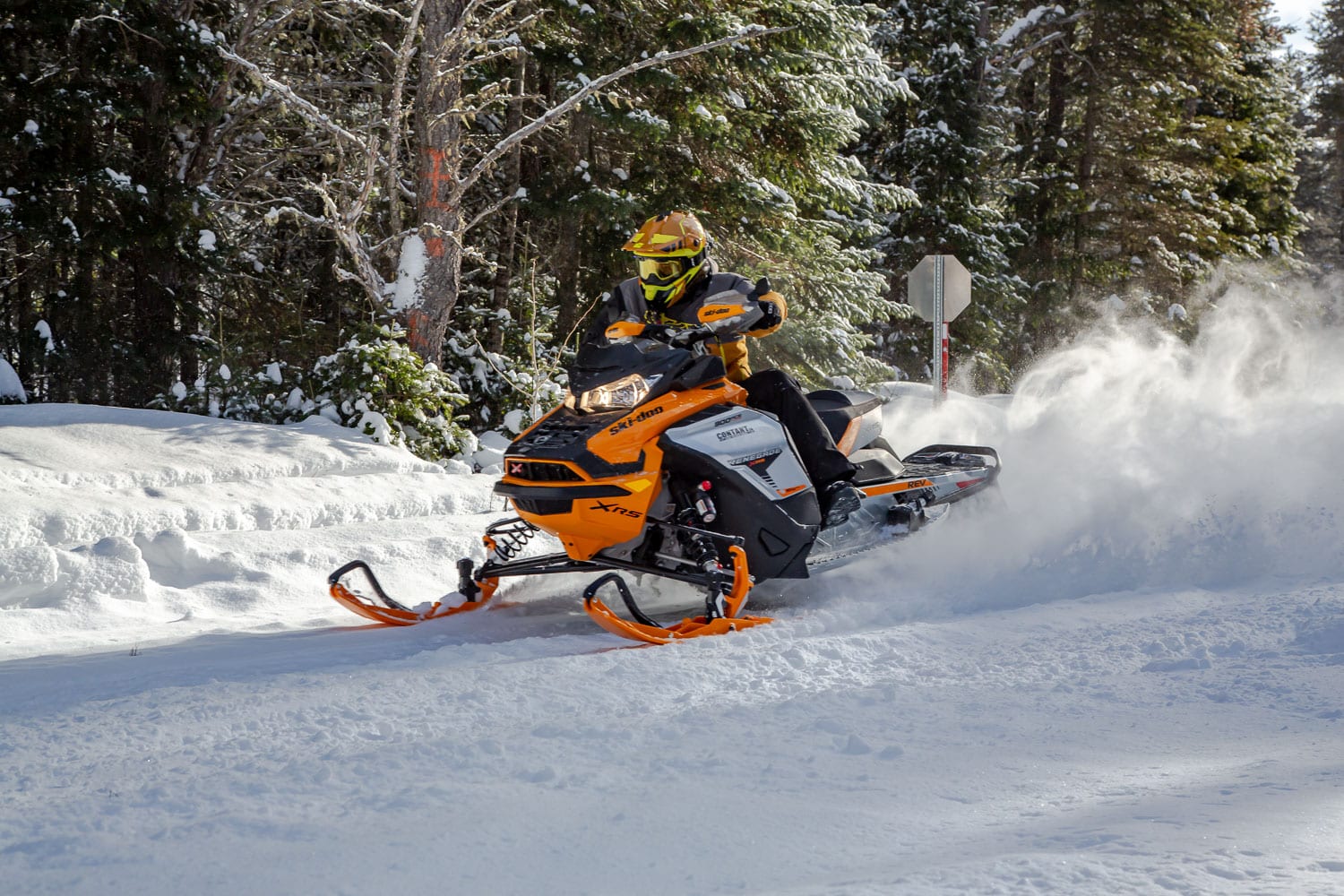
The XRS is the Snocross version of Ski-Doo, if you’re the long trip type or quite cold, you’ll have to think about modifying the height of the windshield which is non-existent. You should also expect to pay a few extra dollars for the addition of mirrors in order to be legal on our Quebec trails.
As usual with Ski-Doo, the finish and layout of the body parts is impeccable. The side panels are quick and easy to use. When removed, they provide good clearance for maintenance. And what about the colors, silver and orange, really well done!
Special thanks to the Contant.ca group for the long term test drive of the 2019 Renegade XRS 900 Ace turbo.

